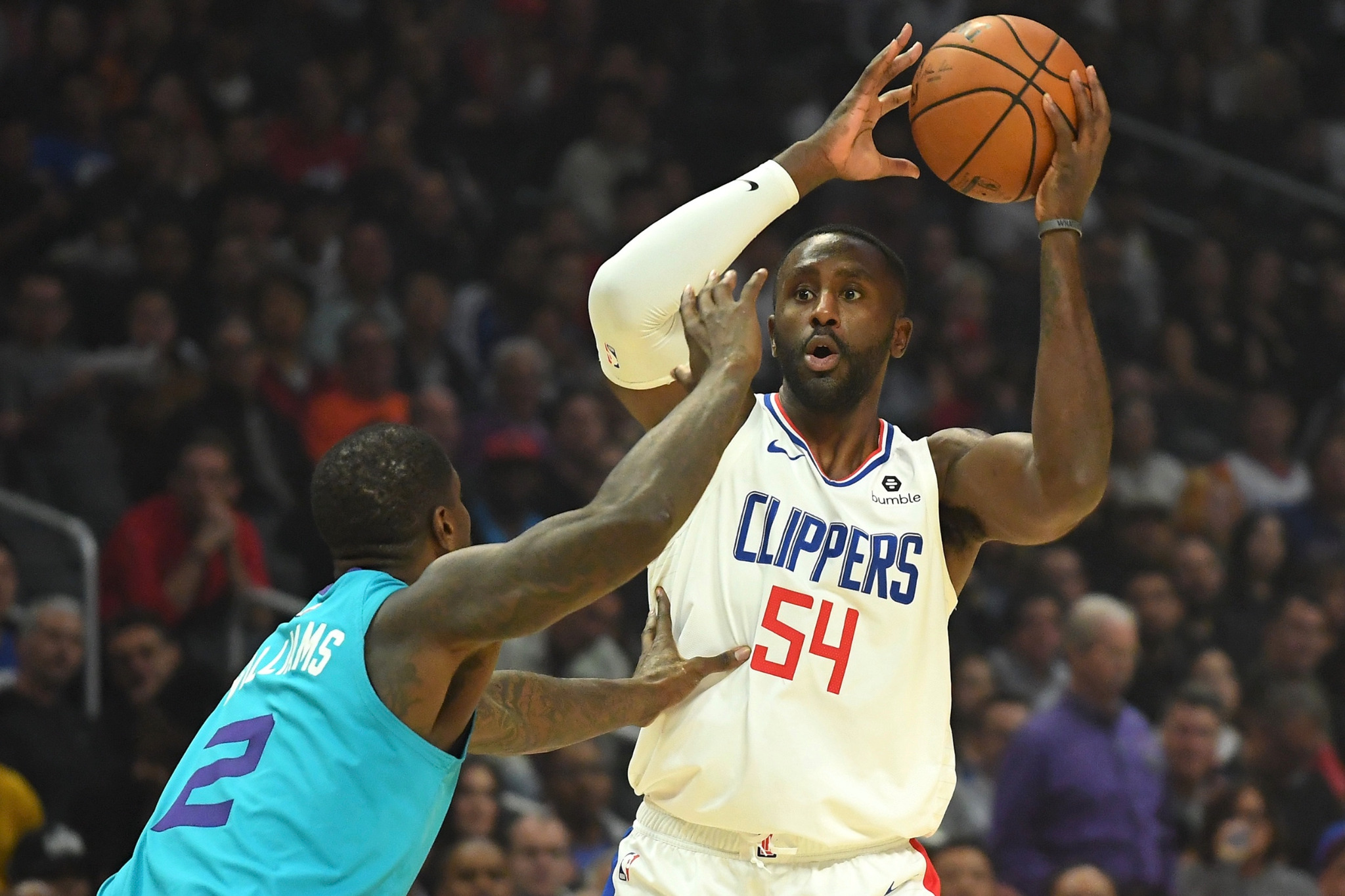Patrick Patterson's Potential Renaissance Only Adds to Clippers Depth

There is typically little expected out of the buyout group. Aside from big-name veterans with extensive experience who are chasing one last shot at glory, most of the players who are bought out end up bouncing around the league’s benches.
Patrick Patterson was expected to be among those players after a disastrous run in Oklahoma City. The stretch four never found his footing with the Thunder and ended up spending most of his final campaign on the bench. Originally ticketed for a starting role, OKC traded for Carmelo Anthony and Patterson would undergo left knee surgery that forced him to miss training camp. That kept him out of rhythm and Patterson never looked quite like his old self, even when he was back to full strength.
The deal that was once considered a great value – three years, $16.4 million – became cap ballast as the Thunder cleared the deck for the future.
Patterson would end up following teammate Paul George to Los Angeles, though he would come as bench depth on a minimum contract.
Despite Doc Rivers’ declarations that the Clippers would use a fluid starting lineup, with four confirmed starters and then a floating player based on matchups, Patterson seemed far down the list of candidates.
So far, it’s been six games and six starts for Patterson. His box score contributions have been modest – 7.0 points, 3.8 rebounds and 2.0 threes per game in 25.8 minutes a night as of Thursday – but the fact that Patterson is contributing this much already has to be considered a win. Acquisitions like this are purely found money, and even when Patterson’s 3-point shooting (.476 as of Thursday) corrects there’s still a lot to like about the pickup.
Now clearly healthy and with some mojo restored, between his shooting and defense he’s a starting-caliber player that’s an extreme luxury to have at the end of the bench. That alone makes him a solid addition even if he’s not the sort of option that can swing an eventual playoff series, or even continue to log big minutes over the course of the full season.
When George does return, Patterson will probably slide back to the bench as the Clippers slide their deep forward group around. It’s still possible that he keeps the current gig, however, given the fit of a floor-spacing, switchable defender who requires almost no touches on offense. As Rivers suggested, that may be a night-to-night decision.
Patterson was never given that much leeway when he was at his peak with the Raptors, at least until Dwane Casey made the switch in the middle of postseason series. Although he made just 19 starts in 273 regular season contests in Toronto, Patterson was a fixture of the team’s most effective lineup combos as well as their closing group.
He shot .373 from behind the arc and never had a net rating below plus-5.6 in any season with the Raptors, fitting in with modest usage. He played off the team’s star guards well, and his shooting touch opened up plenty of driving lanes.
Defensively he was a major asset as one of the team’s most vocal defenders and a heady, versatile player who could at least hang in there at multiple positions. Rebounding was an issue, which seems likely to pop up again this year for the Clippers given their roster construction, but the positives far outweighed the negatives.
Perhaps most impressively, the Raptors outscored opponents by 1,201 points when Patterson was on the floor. They outscored opponents by a measly 44 when he was off it. His impact was rarely obvious after the fact, but he was able to elevate just about every set of players he shared the floor with in subtle ways.
The Clippers simply don’t need Patterson to be that ultimate glue guy. If they can keep getting minutes from this rejuvenated Patterson, however, it’ll make them that much more dangerous in the long term.
Post a comment